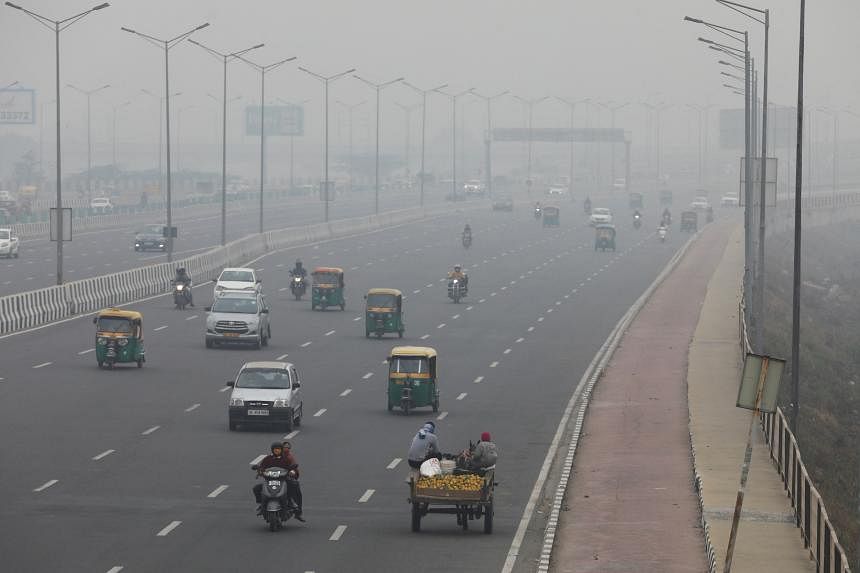LONDON - Government pledges to cut greenhouse gas emissions put the planet on track for an average 2.8 deg C temperature rise this century, after “woefully inadequate” progress to curb warming, a United Nations report said.
Representatives from around the world will meet from Nov 6-18 at the COP27 climate talks in Egypt to try to agree pledges to limit warming to below 2C above pre-industrial levels and ideally to 1.5 deg C.
So far, additional commitments since the previous UN climate conference in Scotland last year remove 0.5 gigatonnes of carbon dioxide equivalent greenhouse gas emissions (GtCO2e), less than 1 per cent of estimated global emissions in 2030, the annual UN Environment Programme (UNEP) report showed on Thursday.
Unless strengthened, promises so far will likely lead to a 2.8 deg C rise in temperature by the end of the century, 0.1 deg C higher than was estimated last year.
As countries seek to improve on that, some have offered further action provided it is contingent on international financial and technical support. These “conditional” pledges, if implemented fully, could reduce expected warming to a 2.4 deg C rise, while unconditional pledges could lead to a 2.6 deg C rise, the report said.
“We still aren’t anywhere near enough to cut greenhouse gas emissions (to the levels required),” UNEP executive director Inger Andersen told reporters at a briefing.
“But we must try. Every fraction of a degree matters,” she said.
Global emissions in 2030 are estimated at 58 GtCO2e based on current policies. The gap between pledges and limiting warming to 2 deg C is 15 GtCO2e a year and for 1.5 deg C it is 23 GtCO2e a year.
To achieve 1.5 deg C, annual emissions must be reduced by 45 per cent compared with emissions forecasts under current policies in just eight years and transforming the global economy to low-carbon will require investment of at least US$4 trillion (S$5.6 trillion) to US$6 trillion a year, the report said.
“Greenhouse gas emissions must be cut by 45 per cent this decade. But as today’s emissions gap report confirms, they remain at dangerous and record highs and still rising,” Mr Antonio Guterres, UN secretary-general, said in reaction to the report.
“We are headed for a global catastrophe. The emissions gap must be filled, starting with COP27 in Egypt,” he added.
According to a separate UN report earlier this week analysing the latest pledges submitted by countries, 2.5 deg C of warming is likely by the end of the century.
On Wednesday, the World Meteorological Organisation said greenhouse gas concentrations climbed at above-average rates to records last year.
Commenting on the reports this week, Prof Bill Collins, who specialises in climate processes at the University of Reading, said: “All evidence suggests we are heading in the wrong direction.” REUTERS



